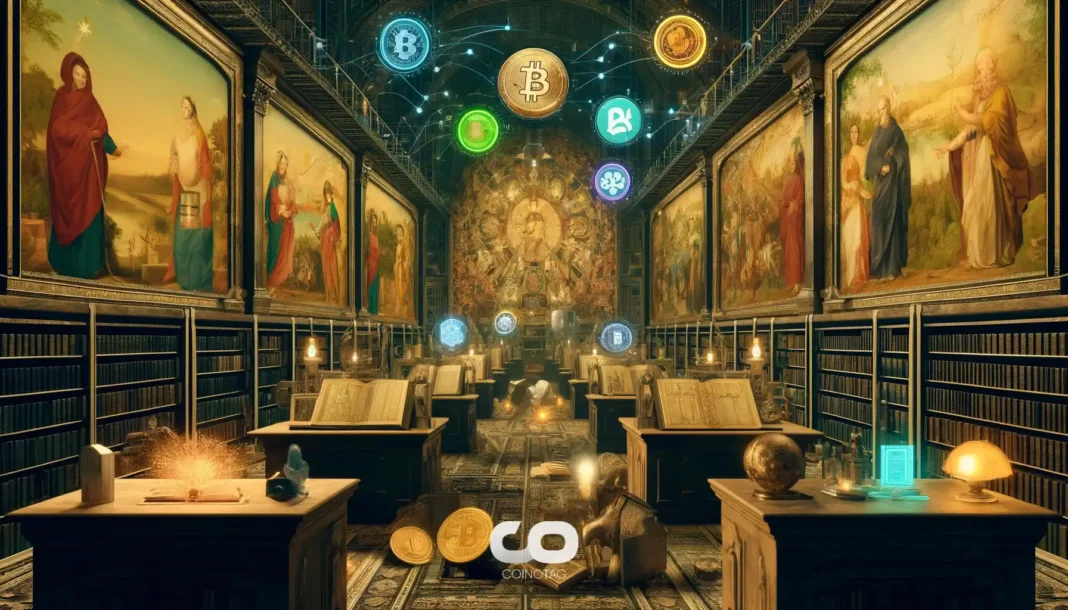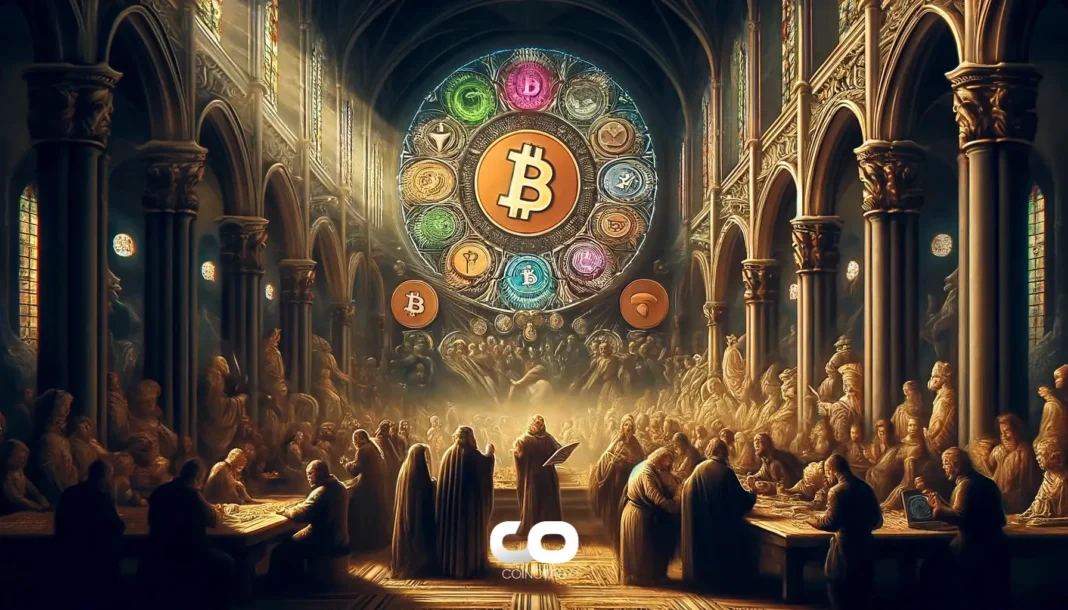-
XRP’s recent surge has sparked debate about its market position, especially concerning its relationship with Circle and the stablecoin sector.
-
Despite misconceptions, XRP operates distinctly from Circle’s USDC, with Ripple’s strategic moves clarifying their separate roles in the crypto ecosystem.
-
According to crypto lawyer John Deaton, “XRP does not compete with Circle. Ripple does, but through its stablecoin RLUSD, not XRP.”
XRP’s market role clarified: Ripple’s stablecoin RLUSD targets Circle, while XRP remains a digital asset powering the XRP Ledger.
XRP vs. Circle: Understanding the Distinct Roles in Crypto Infrastructure
The recent price rally of XRP has reignited discussions about its competitive landscape, particularly in relation to Circle, the issuer of the widely used stablecoin USDC. It is crucial to differentiate between XRP as a digital asset and Ripple, the fintech company behind it. While Ripple and Circle both operate within the financial technology sector, their approaches and products serve different purposes. XRP functions as the native token powering the XRP Ledger, facilitating fast and cost-efficient transactions. In contrast, Circle focuses on stablecoin issuance and related infrastructure, positioning USDC as a fiat-backed digital currency used primarily for stability and liquidity in decentralized finance (DeFi) and broader crypto markets.
Ripple’s Strategic Entry into the Stablecoin Market with RLUSD
Ripple’s recent introduction of RLUSD marks its formal entry into the stablecoin arena, directly positioning itself against Circle’s USDC. This move underscores Ripple’s intention to diversify its offerings beyond XRP as a transactional asset. According to legal expert John Deaton, this distinction is often misunderstood, leading to confusion among investors and traders. RLUSD is designed to complement Ripple’s broader ecosystem, providing a stablecoin solution that aligns with regulatory compliance and institutional adoption goals. This strategic bifurcation allows Ripple to maintain XRP’s utility as a digital asset while simultaneously competing in the stablecoin market through RLUSD.
Market Implications of Confusing XRP with Ripple and Circle
The conflation of XRP with Ripple and Circle has tangible consequences in trading behavior and market perception. Dave Portnoy’s decision to sell XRP based on the assumption that Circle posed a direct threat exemplifies the risks of misunderstanding these distinctions. XRP’s 38% price increase over two weeks highlights its resilience and distinct value proposition, separate from stablecoin dynamics. Investors must recognize that XRP’s performance is influenced by factors unique to its ledger technology and use cases, rather than stablecoin competition. This clarity is essential for making informed investment decisions and understanding the evolving crypto landscape.
Historical Context: Ripple and Circle’s Cooperative Potential
Adding nuance to the competitive narrative, Ripple was once rumored to consider acquiring Circle, indicating a potential for collaboration rather than rivalry. This historical context suggests that the relationship between the two companies is complex and multifaceted, shaped by strategic interests that may align in certain areas. Such insights are valuable for market participants seeking to anticipate future developments and partnerships within the fintech and crypto sectors.
Conclusion
In summary, the distinction between XRP as a digital asset and Ripple as a fintech company is critical to understanding their market roles relative to Circle and USDC. Ripple’s stablecoin RLUSD represents its direct competition with Circle, while XRP continues to serve as a foundational token for the XRP Ledger. Recognizing these differences helps prevent misinformation and supports more strategic trading and investment decisions. As the crypto ecosystem evolves, clarity around asset functions and company strategies remains essential for all stakeholders.







